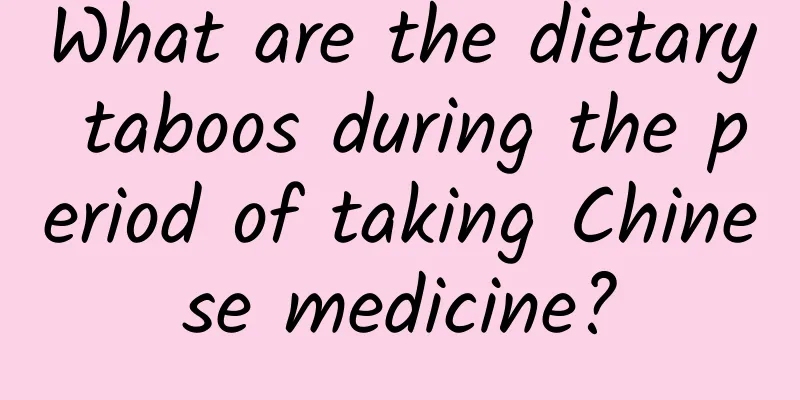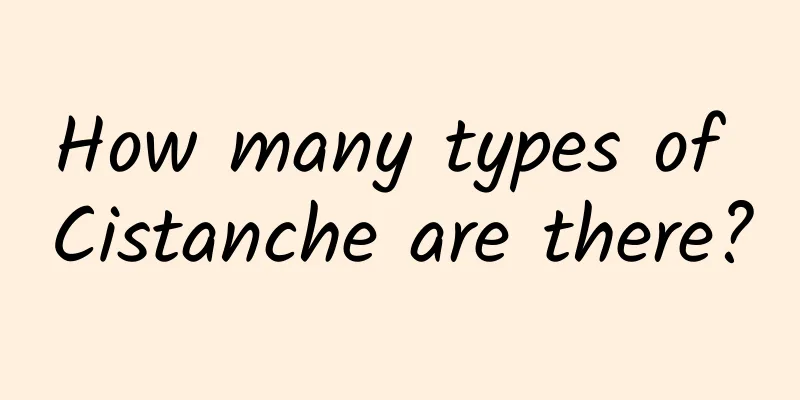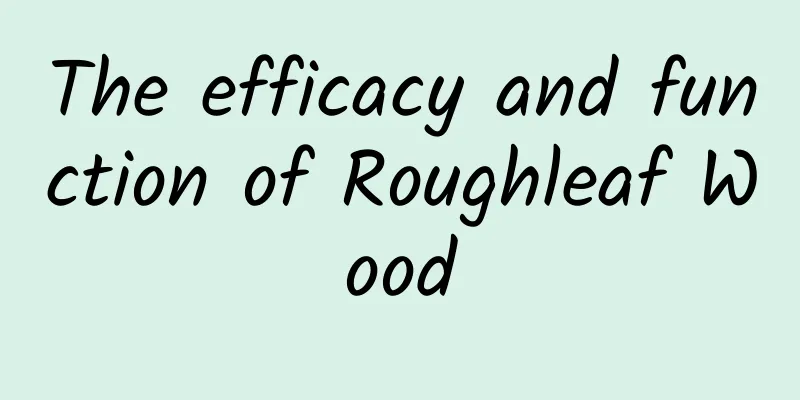What are the dietary taboos during the period of taking Chinese medicine?

|
I believe that many friends will not feel unfamiliar when talking about Chinese medicine, because Chinese medicine originated in ancient times thousands of years ago. When medical conditions were not well developed at that time, Chinese medicine saved thousands of lives, so its safety and feasibility are self-evident. But Chinese medicine also has some taboos, so what are the dietary taboos during the period of taking Chinese medicine? In the next time, please join me to understand. Generally speaking, when taking Chinese herbal medicine to clear internal heat, it is not advisable to eat hot foods such as onions, garlic, pepper, mutton, dog meat, etc.; when treating cold symptoms, raw and cold foods should be avoided. When taking medicines containing Rehmannia root and Polygonum multiflorum, avoid taking onions, garlic, and radishes; when taking Chinese medicine containing mint, you should not eat turtle meat; Poria cocos should not be eaten with vinegar; when eating turtle shell, it should not be eaten with Amaranth. When taking laxatives such as Dachengqi Decoction and Maren Pills, you should avoid eating greasy and indigestible foods; anthelmintic Chinese medicines should also avoid greasy foods and it is best to take them on an empty stomach. While you are sick and taking medicine, you should avoid eating raw, cold, sticky, and other difficult-to-digest foods, such as chili peppers. The above are some of the foods that are incompatible with commonly used Chinese medicines. Bitter stomachic medicines such as gentian tincture should not be taken with sweet foods such as honey, dates, and licorice. Because the sweetness of foods such as honey and dates can mask the bitterness, thereby reducing the stimulation of the bitterness on the taste nerve endings and reducing its stomachic effect. Shuanghuanglian should not be taken with garlic. Shuanghuang is a common medicine for clearing heat and detoxifying, and treating exogenous wind-heat. It is cool in nature, while garlic is hot in nature. If you eat garlic while taking Shuanghuanglian, the efficacy of the medicine will be reduced. Avoid taking vinegar and cold food when taking diaphoretic drugs. Vinegar and raw and cold foods have astringent effects. If they are consumed at the same time as diaphoretic drugs, their effectiveness will be offset. Ginseng is incompatible with radish and garlic. American ginseng and other tonics are common, while radish has the effect of relieving gas and promoting digestion. When taken together, radish will dissolve the medicinal properties of ginseng. Similarly, when taking other tonic medicines, you should not eat digestive foods such as radish and garlic within one hour before and after. The above paragraphs have revealed some dietary taboos during the period of taking Chinese medicine. I believe that as long as friends who have read the above content carefully, they will have more vigilance and attention in their hearts. Of course, I also hope that everyone can put what they have learned today into practice, so that more accidents can be avoided during the period of taking Chinese medicine, and at the same time, our treatment effect can be guaranteed. |
<<: What are the dietary taboos for taking Chinese medicine?
>>: What are the medicinal values of thornberry?
Recommend
The efficacy and function of sugar mustard
Sugar mustard is a common Chinese medicine in cli...
How to cut dried ginseng
Whether it is fresh ginseng or dried ginseng, its...
The efficacy and function of Rhubarb[Picture]
Rhubarb [Picture] is a very common Chinese medici...
The efficacy and function of Hyssopus officinalis
As a traditional Chinese medicinal material, Hyss...
What are the effects of Polygonum multiflorum on improving gray hair?
Nowadays, many young people always put too much e...
What are the effects of the Chinese herbal medicine Cistanche deserticola?
As people in modern society pay more and more att...
Is it reliable to install "WiFi" at a depth of 10,000 meters under the sea?
For reprinting, business cooperation, please scan...
Why are water bears so tenacious? New research reveals their "secrets" | Science and Technology Weekly
Compiled by Zhou Shuyi and Wang Xiang Why are wat...
What are the effects and functions of large fritillaria
In fact, Fritillaria is often used in our daily l...
Beware of high temperatures even in the beginning of autumn! How to provide first aid to patients with heat stroke?
Heat stroke is an extremely serious type of heat ...
The efficacy and function of Yinxiang leaves
Traditional Chinese medicine culture is profound ...
Don’t be too serious about expired food? You have ignored the shelf life and storage conditions!
□ Shan Shouqing When people talk about health, we...
Drinking an average of 1 bottle of beer a day can age your brain by two years
A little drinking can make you happy, but excessi...
What?! There are benefits to being hungry?
Since I was a kid, I have heard my elders say: &q...
The efficacy of Dr. Fan's lotus leaf powder
As an epiphyte of lotus leaves, lotus leaf powder...









